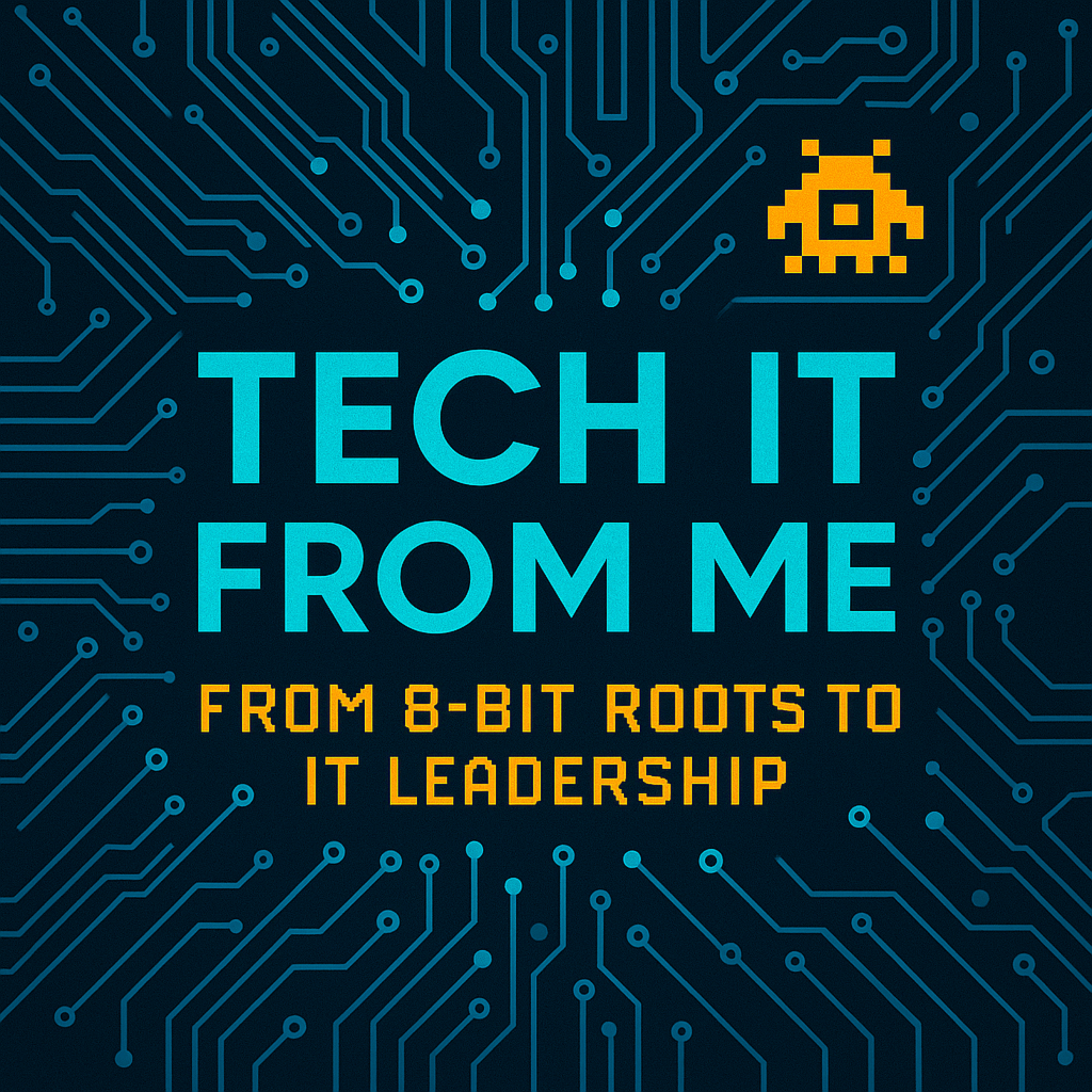
We’ve all heard the phrase “large language model” (or LLM) thrown around lately. It shows up in meetings, on product pages, in keynote presentations—everywhere. And if you’ve nodded along while someone said, “We should be using an LLM for this,” but secretly wondered what they were talking about, this post is for you.
Table of Contents
🤖 What Is a Large Language Model?
At its core, a large language model is a system trained to recognize patterns in human language. You give it a prompt, and it predicts what’s likely to come next based on everything it’s seen before—books, websites, documents, code, support tickets, Reddit threads…you name it.
The power of these models comes from their scale. GPT-4o, for example, has been trained on datasets containing hundreds of billions—if not trillions—of words. And because of that, it has seen nearly every way humans express themselves: formally, casually, helpfully, sarcastically, and everything in between.
So when you ask it a question, it doesn’t “think” like a person does. It uses statistical models to predict what a human-like response should sound like. That prediction engine is surprisingly good—so good, in fact, that many people start to mistake it for real understanding.
But LLMs don’t know anything. They just recognize patterns at scale.
🧱 Tokens, Transformers, and Embeddings (Explained Simply)
Let’s break down how this works.
🧱 Tokens
LLMs don’t read whole words. They read tokens—small bits of text like prefixes, roots, or suffixes. For example, the word “unbelievable” might be broken into “un,” “believ,” and “able.”
This helps models handle spelling mistakes, slang, and unfamiliar words. It also determines how much content the model can process at once. ChatGPT-4o has a token limit of 128,000 tokens—roughly the length of a 300-page book.
If you’ve ever had a long chat with an AI and noticed it “forgot” something you said earlier, it probably hit that token limit.
🤖 Transformers
Transformers are the engine of modern AI. Introduced in 2017 by Google, the Transformer architecture enables a model to comprehend context across large blocks of text. That’s why it can make sense of your whole paragraph instead of reacting word-by-word like older chatbots.
The transformer utilizes a technique called self-attention to emphasize key relationships. For example, in the sentence “She didn’t like the movie because it was too long,” the model needs to understand that “it” refers to “the movie.”
Without this architecture, LLMs wouldn’t be capable of the nuanced, responsive conversation we see today.
🗺️ Embeddings
Embeddings are how the model understands meaning in math. Every word gets mapped into a multi-dimensional space. Words used in similar ways—like “nurse” and “doctor”—end up near each other.
This enables the model to respond to you with answers that are not only grammatically correct but also semantically relevant. It also powers many enterprise AI features like intelligent search, document similarity, and classification.
One famous embedding example: “king” – “man” + “woman” = “queen.”
⚙️ Not Just Bigger—Smarter (With the Right Fit)
It’s easy to assume that bigger = better, but that’s not always true.
Yes, GPT-4o and Claude 3 Opus are incredibly powerful. However, they also require more computing power, are more expensive to run, and may introduce latency.
In many cases, a smaller model like Claude Instant or GPT-3.5 can be just as effective, especially when paired with tools like RAG (Retrieval-Augmented Generation). With RAG, the model pulls data from real sources (like your company docs or product manuals) in real time.
Think of it like this:
- Big model = “read everything once and make your best guess.”
- RAG-enhanced model = “go look it up before you answer.”
This is where AI becomes both useful and accurate.
💼 How Businesses Are Using LLMs Today
You don’t need to be a tech company to get value from large language models. Every department has use cases:
- IT: Script writing, technical documentation, troubleshooting assistance
- HR: Job description creation, onboarding guides, policy summaries
- Marketing: Copywriting, brainstorming, SEO optimization
- Legal: Contract summaries, risk flagging, compliance checklists
- Finance: Invoice classification, expense categorization, data cleanup
- Customer Service: Chatbots, help desk responses, multilingual support
If your organization touches text (and let’s face it—whose doesn’t?), AI can help. But it needs the right governance, the right tooling, and clear human oversight.
🚨 Hallucinations Are Real. So Is Risk.
Despite how intelligent LLMs appear, they occasionally make mistakes. These errors—known as hallucinations—can be subtle or glaring. A model might misstate a fact, invent a statistic, or fabricate a source.
This is why the “intern” analogy works so well: treat the AI as a capable but untrustworthy assistant. Review everything it creates. And never put it in charge of final decisions without human validation.
Leaders should also consider:
- Data privacy: What are you sending to the model?
- Model bias: Is the output reinforcing stereotypes or gaps in training data?
- Reputation risk: What happens if it gives the wrong answer to a customer or partner?
Understanding how LLMs work helps you ask better questions and avoid costly mistakes.
🔚 Final Thoughts
Large language models aren’t magic. But they are one of the most important technologies of our time. And like any tool, they’re only useful when you understand how to use them.
You don’t need to code. You don’t need to build your own model. But you do need to be able to spot the difference between hype and real value. That’s the edge that separates reactive teams from future-ready ones.
Are you interested in learning more about the history of AI? Be sure to check out my article titled The Real History of AI: From Turing to Transformers.
